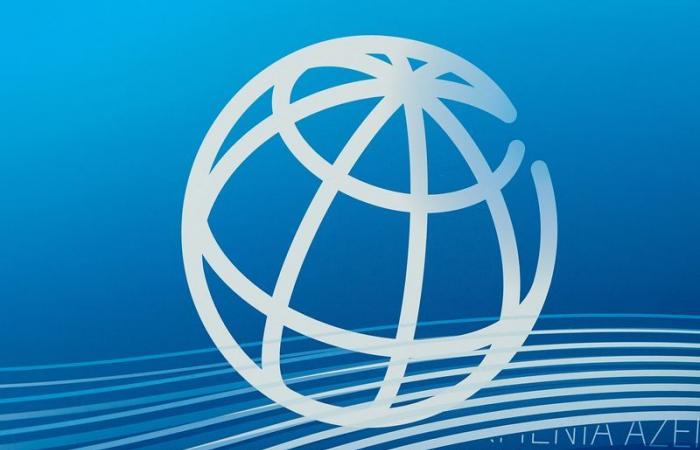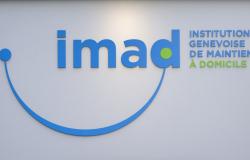The World Bank Group said Monday it has begun operating a new one-stop loan and investment guarantee platform that it hopes will triple the supply of risk guarantees and insurance globally to $20 billion a year.
The goal, which he hopes to achieve by 2030 and which aims to boost investment in riskier areas from Africa to Ukraine, will combine key units from the World Bank, the International Finance Corporation (IFC) and the Multilateral Investment Guarantee Agency (MIGA).
Hiroshi Matano, executive vice president of AMGI, told Reuters the grouping would begin supporting innovative new financing, including carbon credits, debt-for-nature swaps and off-grid energy solutions in remote regions of Africa.
Guarantees could also be used to attract private sector investors to provide “take-out” financing to replace standard World Bank or IFC loans, freeing up overall lending capacity.
He said that as guarantee products become more widespread across the World Bank Group, new uses would be developed, adding: “How you use it, I think it’s a good thing”: “I think it’s in how you use it that we can be really innovative and creative.
For context, the World Bank Group provided nearly $6.5 billion in guarantees last year and plans to provide about $10 billion this year, so the goal will be a significant expansion and will add to AMGI’s balance sheet, which currently stands at about $30 billion.
Asked whether the annual amounts could even exceed the $20 billion target, he added that World Bank President “Ajay (Banga) wants us to be ambitious, so if there is a demand, of course, we will consider it.”
The changes are the first tangible results of a group of private sector investment leaders convened last year by Mr. Banga, called the Private Sector Investment Lab, to develop ideas for attracting more private capital to clean energy and other investments in developing countries.
The plan aims to simplify warranty products into a single, comprehensive menu that would allow customers to easily identify and select the instrument best suited to their needs.
A new common approach should standardize safeguards reviews, replacing a patchwork of processes, rules and standards. (Reporting by Marc Jones in London and David Lawder in Washington; Writing by Toby Chopra and Stephen Coates)






